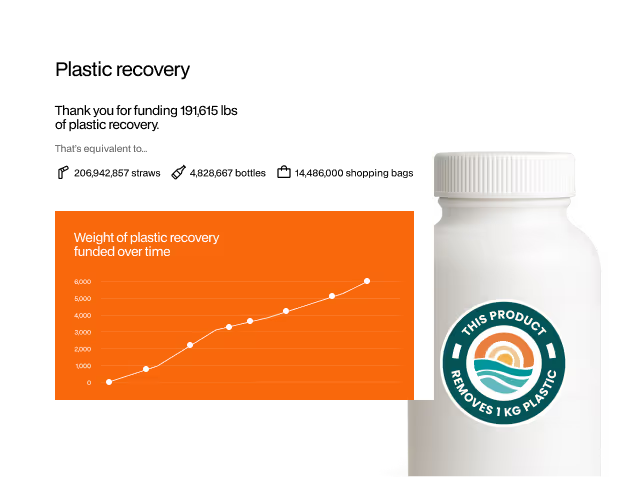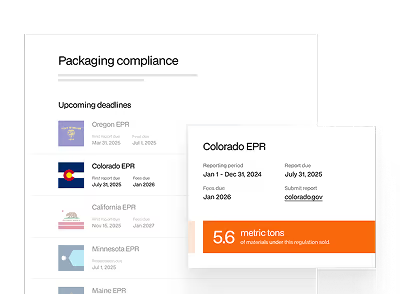Extended Producer Responsibility (EPR) for packaging is a policy approach that holds producers accountable for the entire lifecycle of their products, especially the end-of-life stage. In the United States, EPR aims to shift the financial and operational burden of waste management from municipalities to the producers themselves. This encourages companies to design more sustainable packaging, reduce waste, and improve recycling rates.
Implementing EPR involves several key steps:
- Product Design: Innovate packaging to be more recyclable and use fewer resources.
- Collection and Recycling: Establish or participate in programs that ensure packaging is collected and recycled efficiently.
- Reporting and Compliance: Maintain accurate records and report on packaging waste management activities to comply with regulations.
By embracing EPR, companies can not only comply with regulations but also lead the way in sustainable packaging practices.
Material Specific Targets Decoded in Simple Terms
Material Specific Targets are a crucial component of Extended Producer Responsibility (EPR) for packaging in the United States. These targets set specific recycling and waste reduction goals for different types of packaging materials, such as plastics, paper, and glass. By defining clear objectives for each material, EPR programs aim to enhance recycling rates and minimize environmental impact.
For Consumer Product Goods companies, understanding Material Specific Targets is essential. These targets help in identifying which materials need focused efforts for recycling and waste management. Compliance involves collecting detailed data on packaging materials, including their types, weights, and attributes like Post-Consumer Recycled (PCR) content.
Adhering to Material Specific Targets not only ensures regulatory compliance but also aligns with broader sustainability goals. It encourages companies to innovate in packaging design, reduce resource usage, and improve overall environmental performance.
Case Study: How Material Specific Targets works in Oregon's EPR Framework
Producers must register with Circular Action Alliance, submit supply reports, and comply with rules to enhance recycling rates and minimize environmental impact. For more details, refer to the Coverage Guidance Doc.
Getting Started: EPR Compliance Resources for SMEs
The EPR compliance hub from rePurpose Global can automate in 1-click what would otherwise take you over 3 months of manual effort. It quickly compiles CAA reports, estimates fees and tax liabilities, and keeps you updated on emerging regulations, including Labeling laws, PCR mandates, and 90+ Packaging Regulations in North America. With Oregon's reporting deadline on March 31st, immediate action is crucial to avoid financial penalties. Reach out to us for a stress-free, reliable solution.

.avif)
.png)
.avif)

.png)






